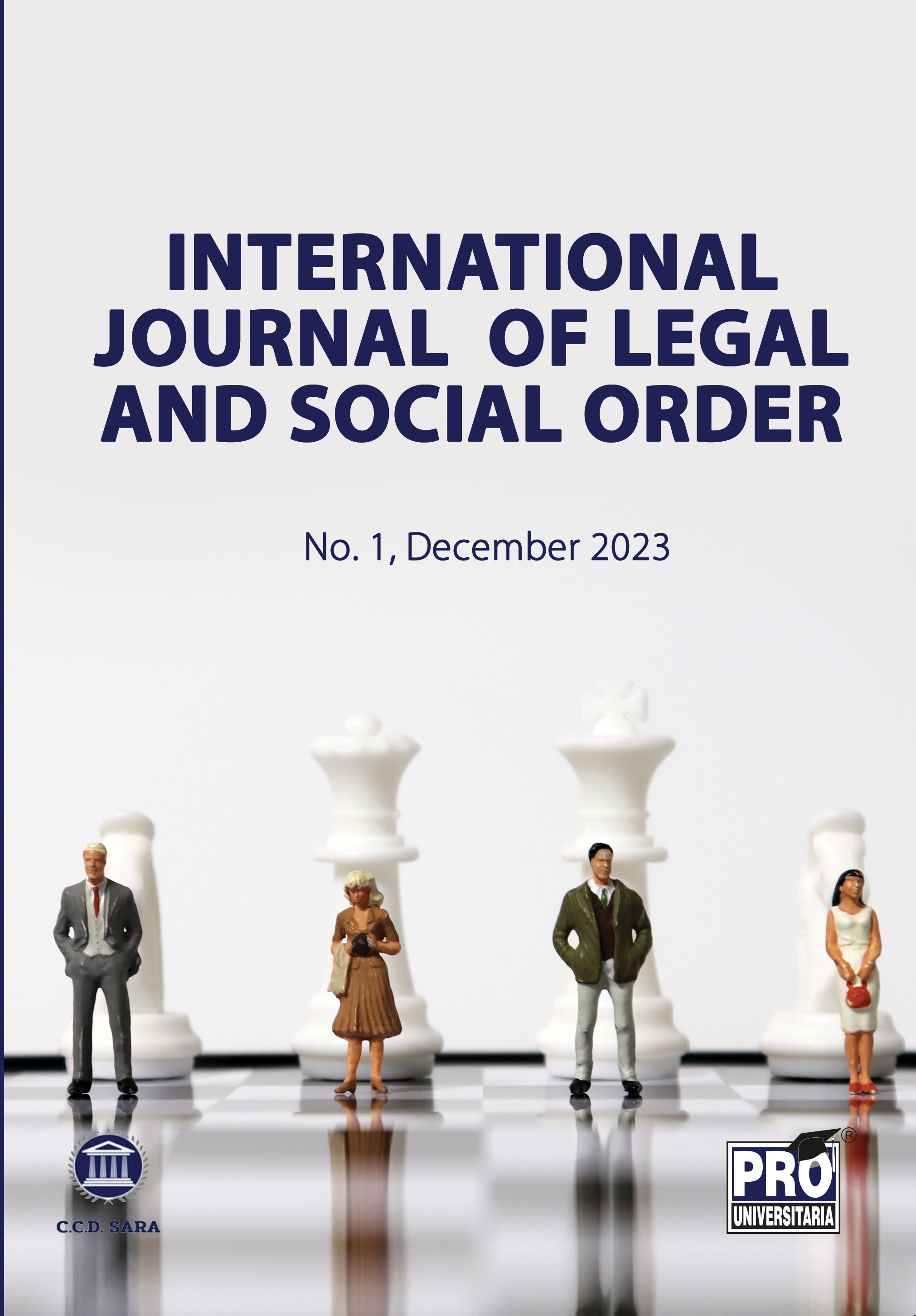THE PLACE AND ROLE OF THE COMPARATIVE LAW METHOD WITHIN THE INTERPRETATION OF THE COURT OF JUSTICE OF THE EU
THE PLACE AND ROLE OF THE COMPARATIVE LAW METHOD WITHIN THE INTERPRETATION OF THE COURT OF JUSTICE OF THE EU
Author(s): Ligia Valentina MirișanSubject(s): Law, Constitution, Jurisprudence
Published by: Centrul de Cercetare în Drept SARA
Keywords: The Court of Justice of the European Union; comparative law method; common member states constitutional traditions; teleological interpretation;
Summary/Abstract: The term „interpretation” was left in shades by The EU Functioning Treaty, but it shows the communication of the content and applicability limits in space and time of that particular legal norm. All the methods used for descovering the content of the legal norms in order to proceed to its practical enforcement is what interpretation is all about. The European Court of Justice of the EU provides the only official interpretation of the European legal norms, using at this extent several ways to accomplish that, such as grammatical interpretation which, most of the time, needs to be completed by the teleological one. The teleological interpretation ensures the fact that the main purpose of the EU legislation is to recourse to the general principles of the EU Law, but also to the interpretation of the secondary law according to the Founding Treaties. In this generous frame of interpretation, the comparative law method applied by the European Court of Justice enables the hand- in -hand relation between this particular method of interpretation and the constitutional traditions common to the member states
Journal: International Journal of Legal and Social Order
- Issue Year: 3/2023
- Issue No: 1
- Page Range: 267-272
- Page Count: 6
- Language: English

